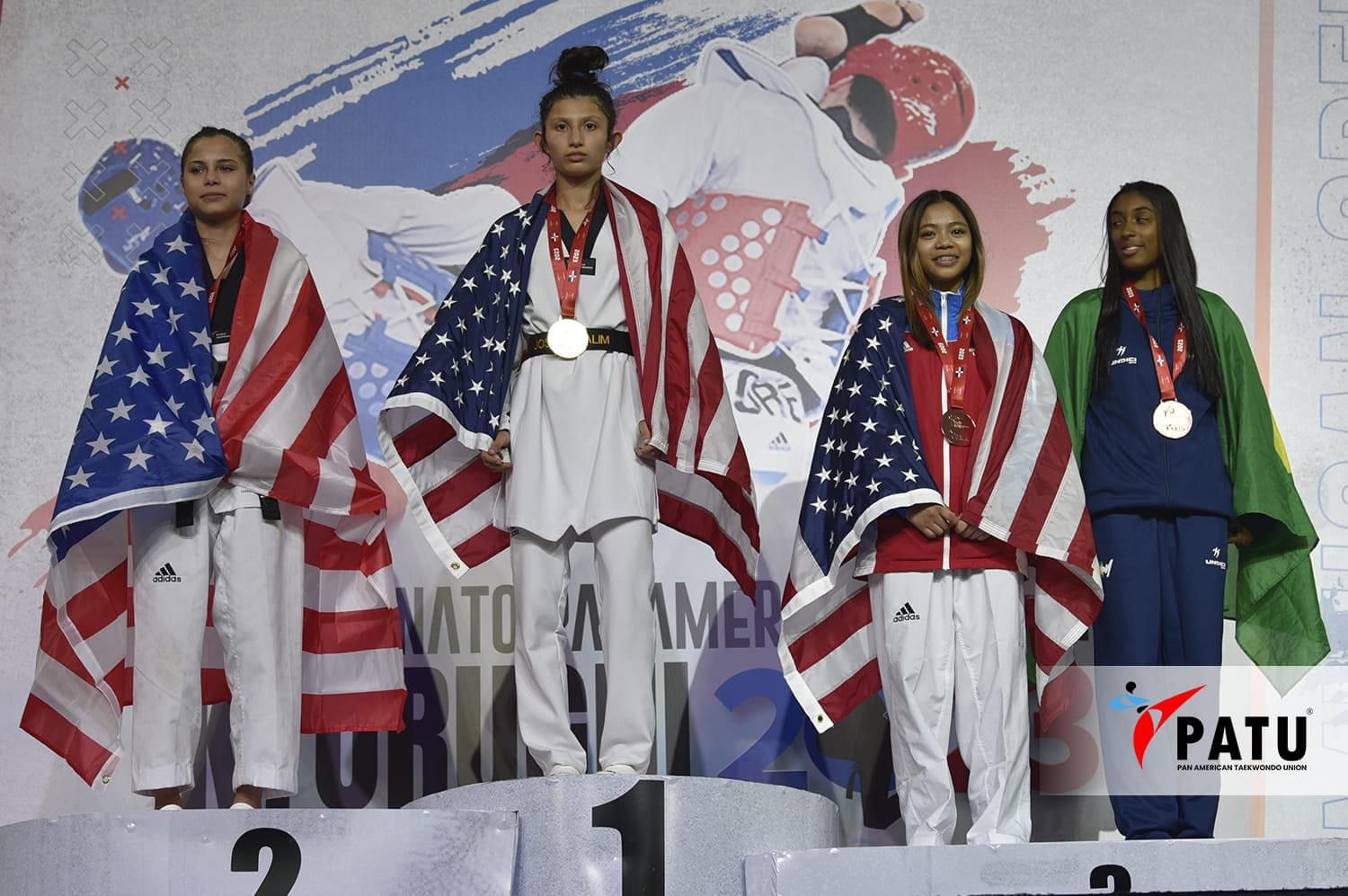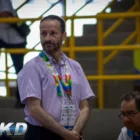With the creation of the Pan Am Series and the granting of a large number of wild cards, there was supposed to be greater participation of countries in the different Pan American championships. Instead, so many opportunities were given to the powerful countries in the region, this made the event seemed more like a national championship than a continental one.
The inequality of conditions is evident in the number of medals won by the powerful countries. The United States led with a total of 75 medals, followed by Canada with 27, Brazil with 24, and Mexico with 15. Meanwhile, other countries in the region had few opportunities to get to the podium due to the saturation of the participation of some countries.
Negative comments from participants were not long in coming, as many expressed their discontent at how the possibility of a good result for their country was really scarce due to the large number of wild cards awarded to the powerful countries.

According to PATU regulations, each country can bring up to 4 representatives in the same division thanks to the wild cards awarded in the Pan Am Series and President’s Cup. This presupposes an inequality of conditions in the Pan American championships, which reduces the possibility of participating for those countries that cannot afford the expensive events that PATU promotes to access the extra quotas.
This new era of PATU has created a system that mainly favors a few countries, closing Pan American podiums for most of the countries in the continent and creating a disadvantage for the majority of them. Instead of being an inclusive sporting event, the Pan American Cadet and Junior Championship now appears to be an exclusive competition for powerful countries.












